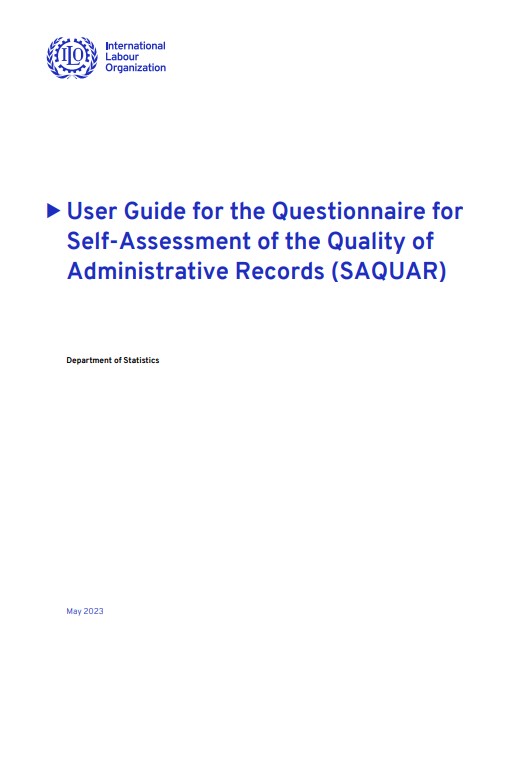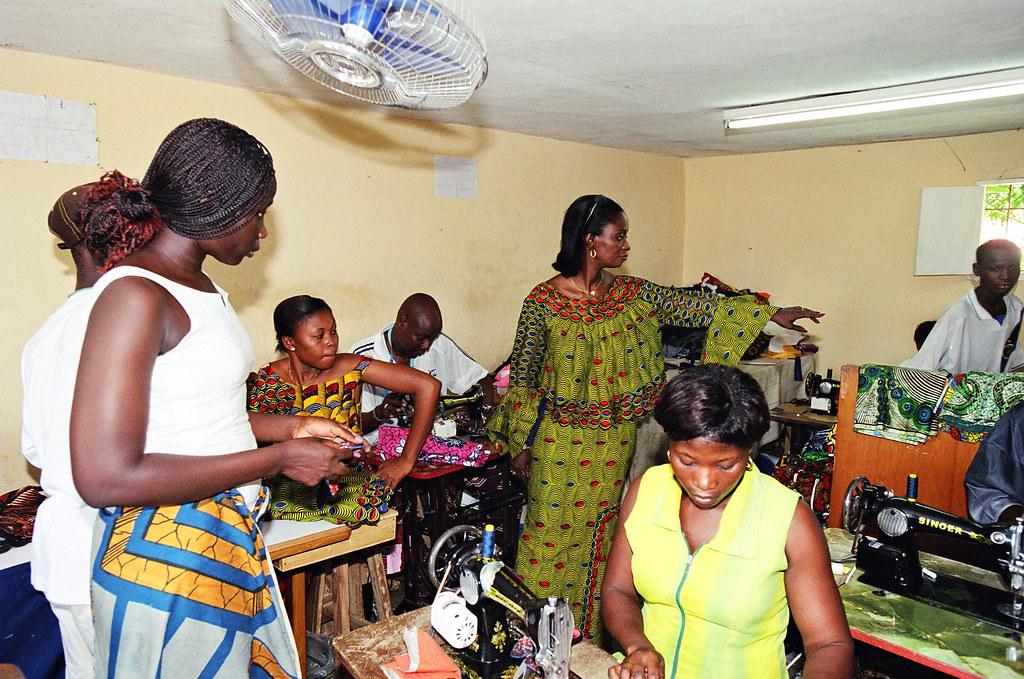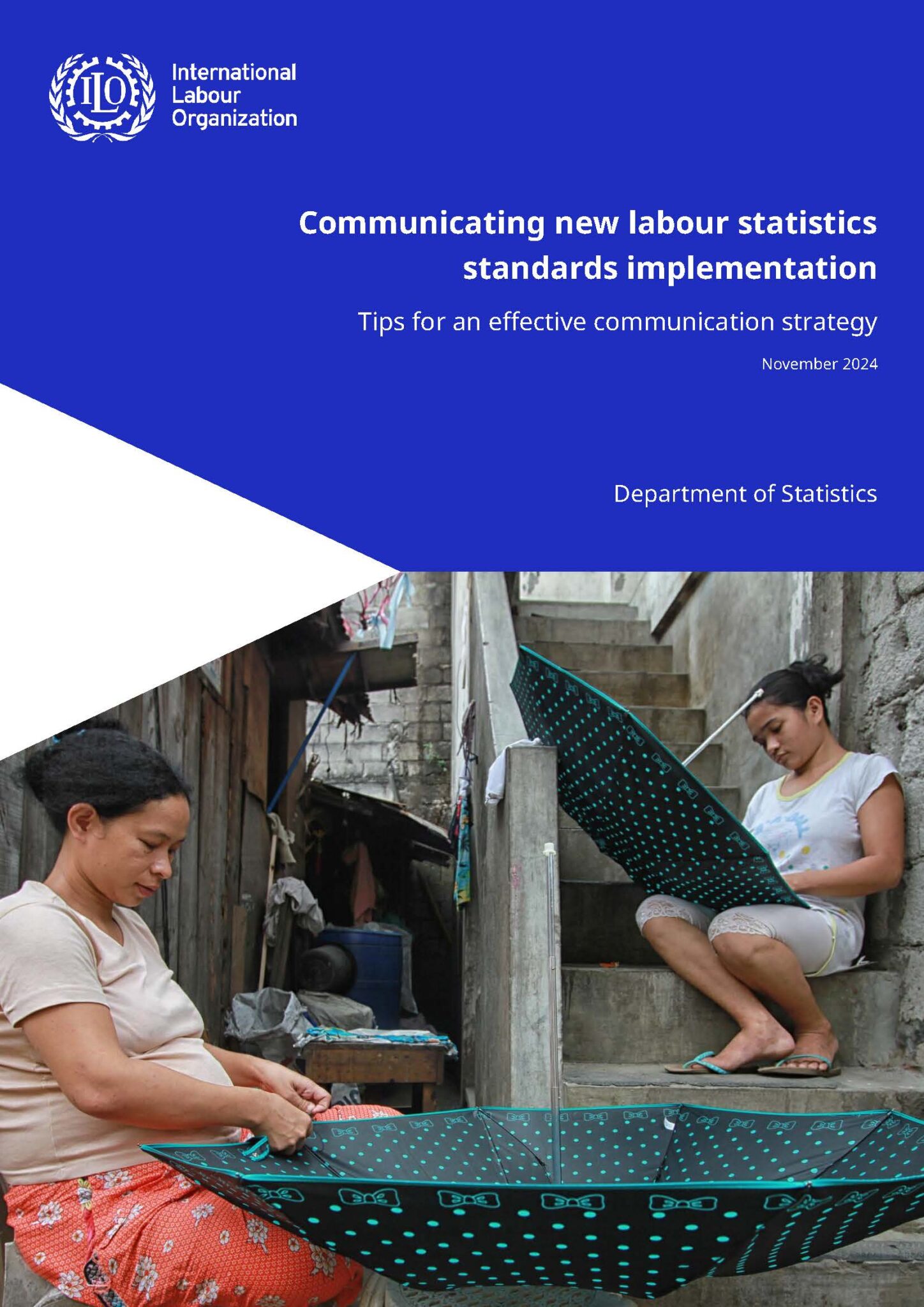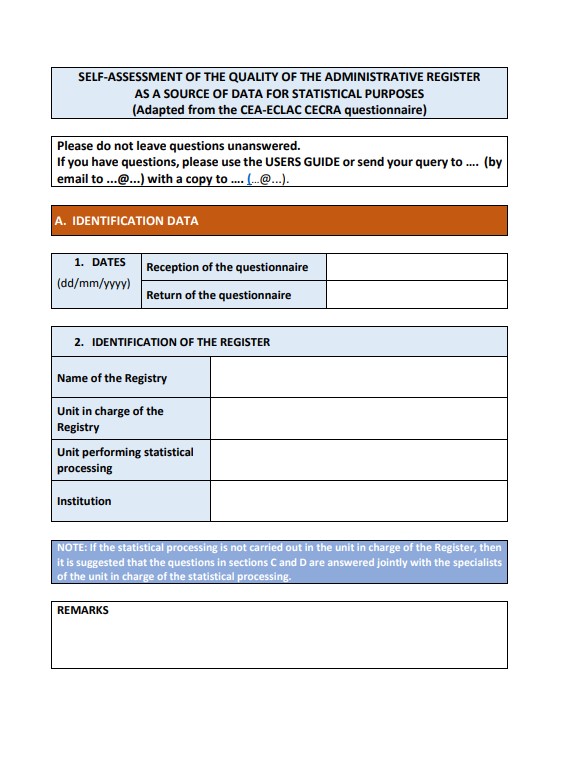
Questionnaire for Self-Assessment of the Quality of Administrative Records (SAQUAR)
This questionnaire, which is an adaptation of the Questionnaire for Evaluating the Quality of Administrative Records (CECRA, for its initials in Spanish) recommended by the Working Group on Administrative Records in the framework of the Statistical Conference of the Americas and coordinated by ECLAC, is a tool to assess the quality of administrative records for their potential use for labour statistics purposes.
Questionnaire for Self-Assessment of the Quality of Administrative Records (SAQUAR) Read More »
